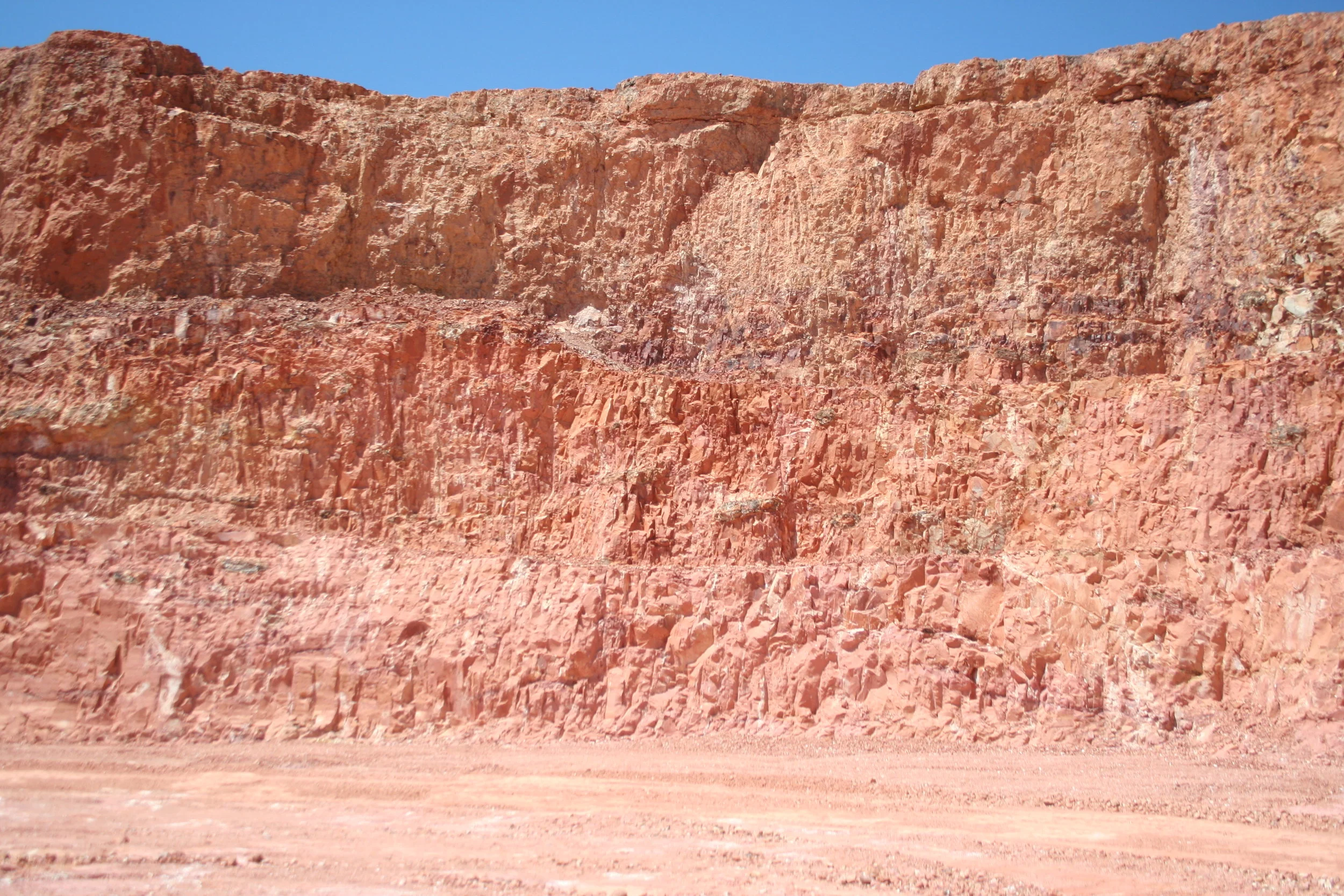Tully Cornwaith Wollaston - Father of the Australian Opal Industry
Read MoreWhite Cliffs Opal field and township is located approximately 95 kilometres North North West of the township of Wilcannia in NSW. Wilcannia is located on the Darling River and Barrier Highway some 192 kilometres east of Broken Hill or 980 kilometres west of Sydney in Parish of Kirk, County of Yungnulgra.
Read MoreThe township of Lightning Ridge NSW, originally named Wallangulla, is located 750 kilometres North West of Sydney and just off the Castlereagh Highway in the Counties of Finch and Narran.
Read MoreOpal is a mineral that belongs to a large group of minerals known as the “Silica family”. Silica, known by its chemical formula as “SiO2”, is a mineral compound of two atoms; Silicon and Oxygen. The most common forms of Silica in our environment are crystals of Quartz, or sand, and also window glass. Opal is unique however as it also has in its formula a component of water or ‘H2O’. The complete formula for opal is SiO2,nH2O. When we look at the letter ‘n’ in the formula it relates to “how much” water is in the Opal.
Read MoreNumerous texts state that the derivation of the word “Opal” comes from the Sanskrit word “upala” although this appears to be the general name given for “precious stones” (Skertchley).
In Greek language, in the first century before Christ, the gemstone was known as “opallios”.
Read MoreOpal is known worldwide as Australia’s National Gemstone and this is because Australian Opal fields produce commercially the highest quality, and most valuable precious Opal gemstones compared with any other source in the world. Without a doubt, the most striking thing about an Opal is it’s distinctive ‘play of colour’. It’s ability to diffract light results in rainbow like colours from every angle.
Read MoreIt has been published that the earliest references to opal are regarding a supposed discovery in Kenya Africa, by the renowned archaeologist Dr Louis Leakey in 1939. Dr Leakey reputedly discovered opal artefacts buried in the “Nakuru” cave which have been dated by modern scientific methods to an age of approximately 4000 BC. Since this time, it has been reported that this reported discovery of opal has been determined not to be opal.
Read MoreThe beginning of the Australian Opal story can be seen in the early expeditions of a man named Johannes Menge, a German mineralogist who reportedly explored for minerals in South Australia and discovered precious opal at Angaston in the Barossa valley in 1841. After this initial discovery of opal, the centre of attention for exploration moved to Queensland where opal was discovered at Listowel Downs Station in central outback Queensland in 1869. Tully Cornwaith Wollaston who travelled to the central Queensland fields in the summer of 1889 became the father of the Australian opal industry. He succeeded in trading and marketing Australian boulder opals in London in 1890, and White Cliffs opal the same year. He also marketed Lightning Ridge opal and opal from the South Australian field of Coober Pedy in 1915.
Read MoreCommon varieties of Opal are found all over the world and in many different localities and environments, perhaps this is why it is called common Opal. Precious opal is found in fewer locations worldwide. However the most important source of precious Opal is in Australia.
Read MoreThe Queensland boulder opal fields occupy the largest or most geographically disperse opal occurrences throughout Western Queensland. The area goes from the Yowah opal district near to the NSW border and 70 kilometres west of Cunnamulla (some 1250 kilometres west of Brisbane), to as far north as Winton in Central Western Queensland, 180 kilometres north west of Longreach or 900 kilometres west of Rockhampton. As mentioned earlier, the first discovery of opal occurred at Listowel Downs on Blackall Station in 1869. In 1870 opal was discovered 100km to the east in “Barcoo” country not far west from Charleville, by Rev WB Clark, reported to the Royal Society of NSW in 1872 and displayed in an exhibition in the Vienna Museum of Natural History. In 1879 Herbert William Bond successfully floated an opal mining Company in London based on the ownership or leasing arrangements of several of the central Queensland opal mines.
Read MoreAndamooka township is located 640 kilometres by road north of Adelaide and approximately 110 kilometres north east from Woomera on the road to Roxby Downs and almost on the western shore of Lake Torrens in South Australia. The opal was discovered in “floaters” after an outback thunderstorm at what is known as one-tree hill or Treloars Hill by Sam Brooks and Roy Shepherd. They took the stones to the station owner at Andamooka Homestead, a Mr Foulis. The first miners were Treloar and Evans who in 1933 produced about ₤962 worth of stones.
Read MoreMintabie township is located 40 kilometres by road west of Marla on the Stuart Highway, some 160 kilometres south of the South Australian border with the Northern Territory. It is 270 kilometres north of Coober Pedy or 1100 kilometres north of Adelaide.
Read More











